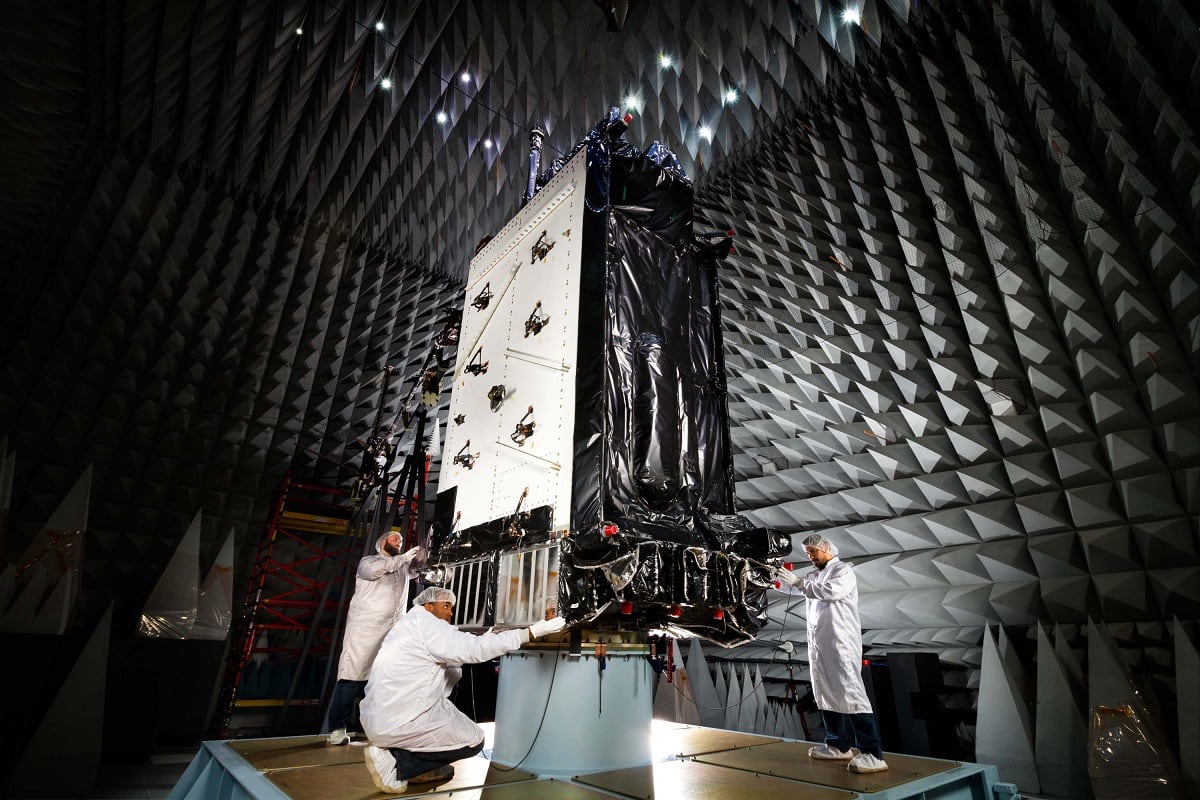A new Pentagon report notes that the industrial base supporting the military’s space efforts continues to be extremely specialized, making it difficult for the Department of Defense to fully take advantage of the commercial sector.
“The DoD space industrial base remains a niche market with highly specialized and capital-intensive capabilities that are not efficiently managed through individual program investments,” reads the fiscal year 2018 “Industrial Capabilities Annual Report to Congress,” which was cleared for publication May 13. “Gaps in the space sector result in a limited or degraded domestic supply of qualified critical materials and components to support National Security Space missions.”
The problem is that the space sector can’t effectively capitalize on economies of scale needed to offset the high cost of cutting edge technologies built to exacting standards. Production runs for space-related military technology generally remains low, when in fact high production runs are needed to support viable commercial efforts in this area.
The report examined every aspect of the space industry from satellites to ground systems, networks and launch services. Of primary concern for the Pentagon is the inadequate domestic supply of aerospace structures and fibers, radiation-hardened microelectronics, radiation test and qualification facilities, and satellite components and assemblies. The future for these supplies is uncertain, the report said, despite the growing importance space represents to national security.
“Increasing cyber threats, non-trusted supply chains, foreign acquisitions, reliance on vulnerable foreign sources, economic policies of competitor nations (in the form of subsidies, domestic preference, etc.), and erratic demand are threats to the United States in the form of losing essential space capabilities and critical skills,” the report read.
The Pentagon has tried to build up a stronger industrial base for space through the Space Industrial Base Capability Investment Program, which produces a list of critical technology to help mitigate risk to the industrial base. The department also has a joint effort from multiple agencies to subsidize critical sections of the commercial sector and to plan acquisitions in a way that avoids duplications and inefficiencies.
The report includes few recommendations, beyond noting that risk mitigation plans for some components are unfunded.
Nathan Strout covers space, unmanned and intelligence systems for C4ISRNET.








